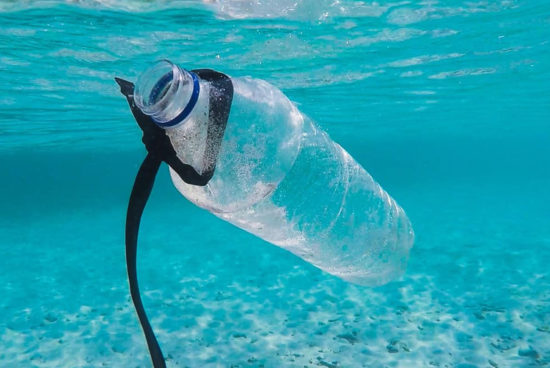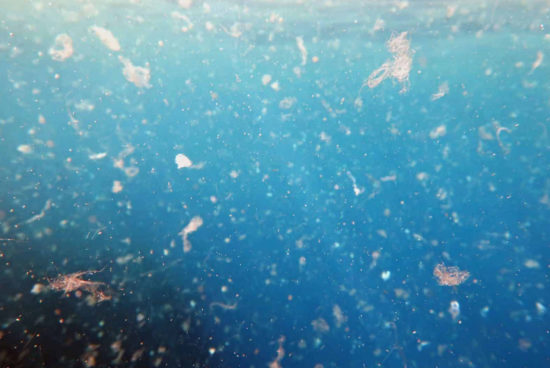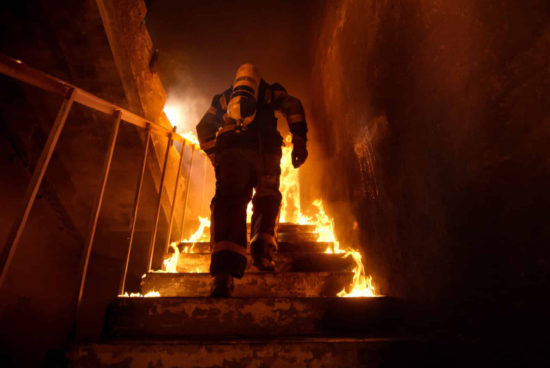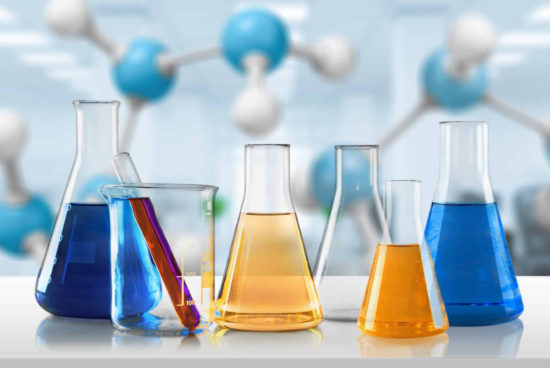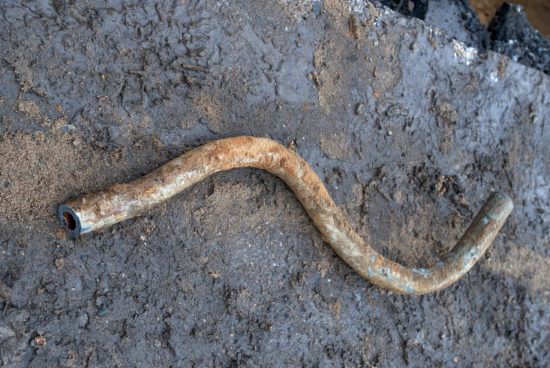Humans Consume 39,000-52,000 Microplastics a Year
Humans Consume 39,000-52,000 Microplastics a Year Health Effects May Include Reproductive and Digestive Issues The rising concern around microplastics’ effect on water quality and human health has accelerated after a new study estimated humans consume 39,000 – 52,000 microplastics a year. According to the study, individuals that consume the recommended amount of tap water could … more
